Physical Address
304 North Cardinal St.
Dorchester Center, MA 02124
Physical Address
304 North Cardinal St.
Dorchester Center, MA 02124
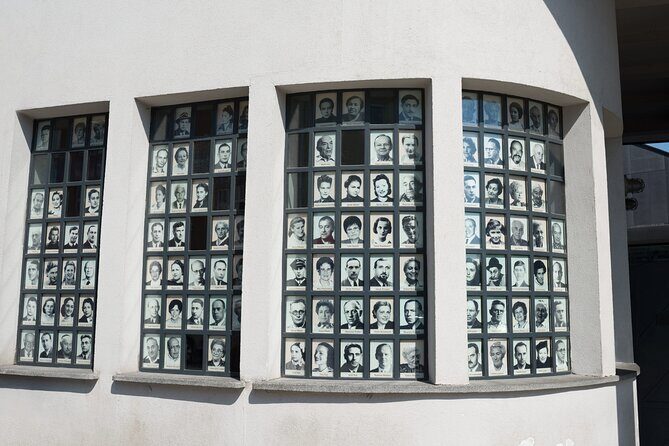
Explore Krakow’s WWII history on this guided tour covering Schindler's Factory, the Ghetto, and Plaszow Camp. Insightful, balanced, and meaningful for history buffs.
Krakow Schindler’s Factory & Ghetto & Plaszow Camp Guided Tour Review
When it comes to understanding Krakow’s complex past during World War II, few experiences offer as much insight as a guided tour that visits Oskar Schindler’s Enamel Factory, the Ghetto Heroes Square, and the site of the Plaszow labor camp. This tour, often booked over 100 days in advance, is designed to give visitors a comprehensive look at the city’s darkest chapters, all within approximately five hours.
One of the things we love about this experience is how well-curated and balanced it feels. The guides do an excellent job weaving factual history with respectful storytelling, making these heavy topics accessible without overwhelming. The inclusion of small group sizes (capped at 15) ensures a more personal, engaging experience, which is a big plus for many travelers wanting a deeper connection to the sites.
A potential consideration is the physical walking involved. The tour covers a fair amount of ground—visiting museums, walking along a stretch of the original ghetto wall, and exploring outdoor memorials—so it’s best suited for those who are comfortable with moderate activity. Also, since the tram ticket (4 PLN) isn’t included, you’ll want to factor in a quick local transport option if your start or end points are far apart.
This tour is ideal for history enthusiasts, educational travelers, and those who want a genuine, in-depth understanding of Krakow’s WWII history. If you’re looking for a meaningful experience that combines historical sites with expert commentary, this guided journey is worth considering.
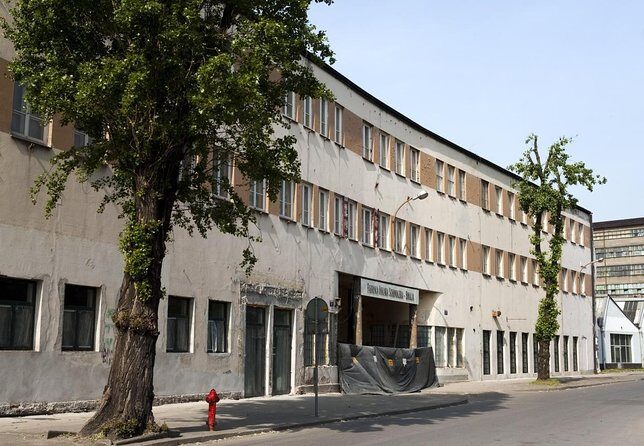
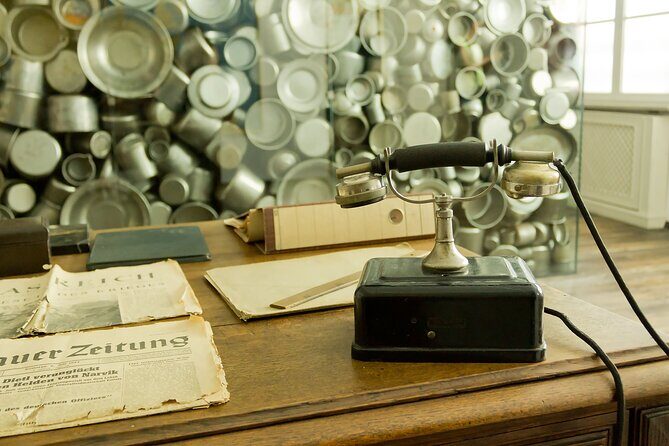
Looking for more options in Krakow? Here are some other experiences worth considering.
We begin the tour at Oskar Schindler’s Enamel Factory, located on 4 Lipowa street, which is now part of the Krakow Historical Museum. The museum’s main exhibit, titled “Kraków under Nazi Occupation 1939-1945,” isn’t a biography of Schindler himself but a detailed look into the city’s experience under Nazi rule. This distinction is key because it emphasizes the broader context—how ordinary life was affected, and the horrors inflicted on the population.
The museum is considered one of Krakow’s most important and popular attractions, and with a 1 hour 30 minutes visit included, you’ll have ample time to absorb the exhibits. The guided commentary here is helpful, as guides often share additional stories or clarify complex wartime topics, which many visitors appreciate. The fact that admission tickets are included adds to the value, making it easier to focus on learning rather than logistics.
Next, the tour visits the 12-meter stretch of the original ghetto wall—a stark, tangible reminder of the city’s Jewish history. Erected in 1983, the plaque in Hebrew and Polish signifying “Here they lived, suffered and died…” sets a sober tone. This site is a powerful stop because it condenses the suffering into a few meters of brick, and the guide’s insights often bring this moment to life.
While the admission is not included, the wall itself is an accessible and poignant memorial. Reviewers mention that this stop is brief—just 15 minutes—but its emotional impact lingers, especially with the guide’s background and storytelling.
Moving on, the Ghetto Heroes Square in Podgórze provides a symbolic and artistic remembrance. The square was a hub for the Jewish population before deportations began. Today, it features an unusual installation of cast-iron chairs, each representing belongings left behind after the ghetto’s liquidation. This symbolizes loss, displacement, and resilience.
Expect another brief stop of about 15 minutes. Guides often highlight the significance of these chairs and their silent storytelling, adding depth to the visual impact. It’s a reflective space, perfect for contemplating the human stories behind the historical facts.
Finally, the tour heads to Plaszow, the notorious Nazi concentration camp. Founded shortly after the German invasion of Poland and expanded by 1941, Plaszow was a site of forced labor, deportations, and immense suffering. From October 1942 onwards, Jews from the Krakow ghetto were deported here, many to face unspeakable fates.
This segment lasts about 1 hour 30 minutes. While admission is free, the site’s history speaks volumes—it’s where many stories of hardship converge. Guides often explain the camp’s dual role as a military supply depot and a site of brutal exploitation. Reviewers note that this part of the tour provides crucial context, especially for those interested in the broader Nazi system of forced labor camps.
Throughout the tour, the guides—whose names aren’t specified but receive praise for their expertise—offer insights that turn a simple site visit into a meaningful learning experience. The reviews underscore how helpful it is to have someone to clarify complex historical details, share lesser-known stories, and answer questions on the spot.
The small group size (capped at 15) is particularly valuable. It allows for a more intimate experience, where questions are welcomed, and the guides can adapt their stories based on the group’s interests. Several reviewers mention how this makes the experience more engaging and personalized.

Travelers consistently mention the value for money—the ticket price includes entrance to the Schindler’s Factory and guided commentary, which is a significant advantage over solo visits. The tour’s length of five hours is substantial but manageable, especially for those eager to get a comprehensive understanding.
Some reviewers, like Gary, remark that the long day of walking can be tiring—so comfortable shoes are a must. Others note that starting earlier might allow for more sites to be covered, or that combining this with other Krakow trips could enhance the overall experience.
The tour’s pacing is generally praised as well-balanced and respectful. It strikes a good balance between detailed historical content and reflective moments, which is crucial given the heavy subject matter.
In terms of value, this tour offers a well-rounded package: guided insights, museum entries, and site visits that would be challenging to piece together independently without spending more time or money. At $76.35 per person, including tickets, it’s a solid investment for those wanting an educational yet respectful overview.
The guides’ knowledge and the emotional weight of the sites—especially the ghetto memorials and Plaszow—make it more than just a sightseeing trip. It’s a chance to connect with Poland’s history on a personal level, which many reviewers find profoundly moving.
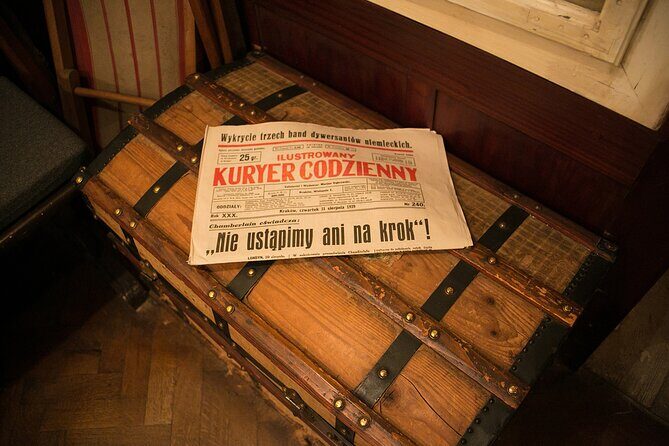
This experience is best suited for history buffs, educational travelers, and those interested in WWII and Holocaust history. It’s also ideal for visitors who appreciate guided storytelling to deepen their understanding. If you’re comfortable with walking and emotionally prepared for some heavy topics, you’ll find this tour extremely rewarding.
If you’re short on time or looking for a quick overview without extensive walking, it might be worth considering how this fits into your broader Krakow itinerary. For many, the emotional and educational depth outweighs the physical demands.
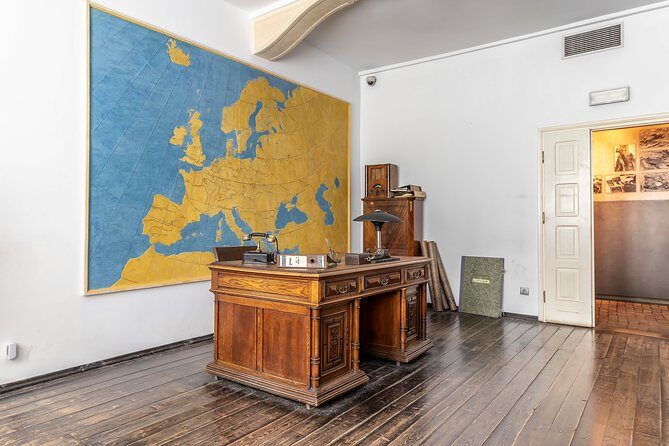
This guided tour of Krakow’s WWII sites offers a meaningful and well-paced way to explore some of the city’s most significant historical locations. The combination of expert guides, carefully selected sites, and inclusion of museum tickets creates a comprehensive experience that feels respectful and authentic.
It’s especially valuable for those wanting a deeper understanding of the Jewish experience during the Holocaust, alongside the broader context of Nazi occupation. The small-group setting enhances engagement, making it a more personalized and impactful journey.
This tour provides excellent value for travelers seeking an educational, emotional, and respectful encounter with Krakow’s past. It’s suitable for those willing to walk, listen, and reflect, making it one of the best ways to connect with the city’s history on a profound level.
How long is the tour?
The entire experience lasts approximately 5 hours, including walking and site visits, making it a detailed and immersive half-day activity.
Are tickets to Schindler’s Factory included?
Yes, admission to Schindler’s Enamel Factory Museum is included in the tour price, saving you time and money.
Is transportation included?
No, tram tickets are not included; the tour starts at Lipowa 4, and you’ll need to arrange your own transportation to and from the meeting point.
What is the group size?
The tour is capped at 15 travelers, providing a more intimate experience and better interaction with the guide.
Is this tour suitable for all ages?
Most travelers who can handle a moderate amount of walking and are comfortable with somber topics will find this tour appropriate. It’s not specified if children are permitted, but personal discretion is advised given the heavy subject matter.
What if I want to cancel?
You can cancel for free up to 24 hours before the start, and a full refund will be issued, making it flexible if your plans change.
Is the tour suitable for people with mobility issues?
While not explicitly stated, expect some walking on outdoor memorials and in museums. If mobility is a concern, contacting the provider for specific accommodations is recommended.
This guided tour offers a deeply informative journey through Krakow’s WWII history, perfect for those seeking a respectful, insightful, and thoroughly guided experience.